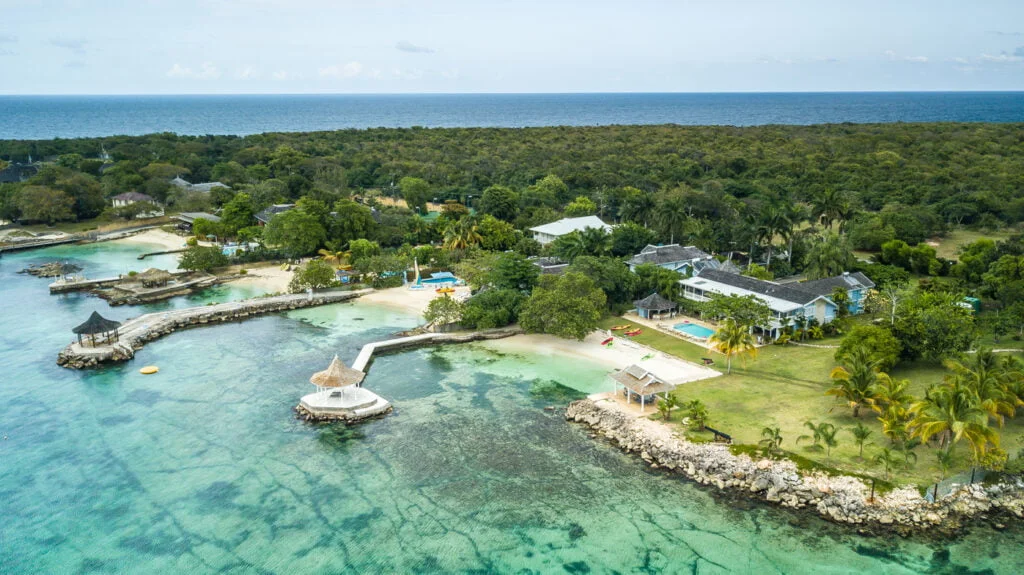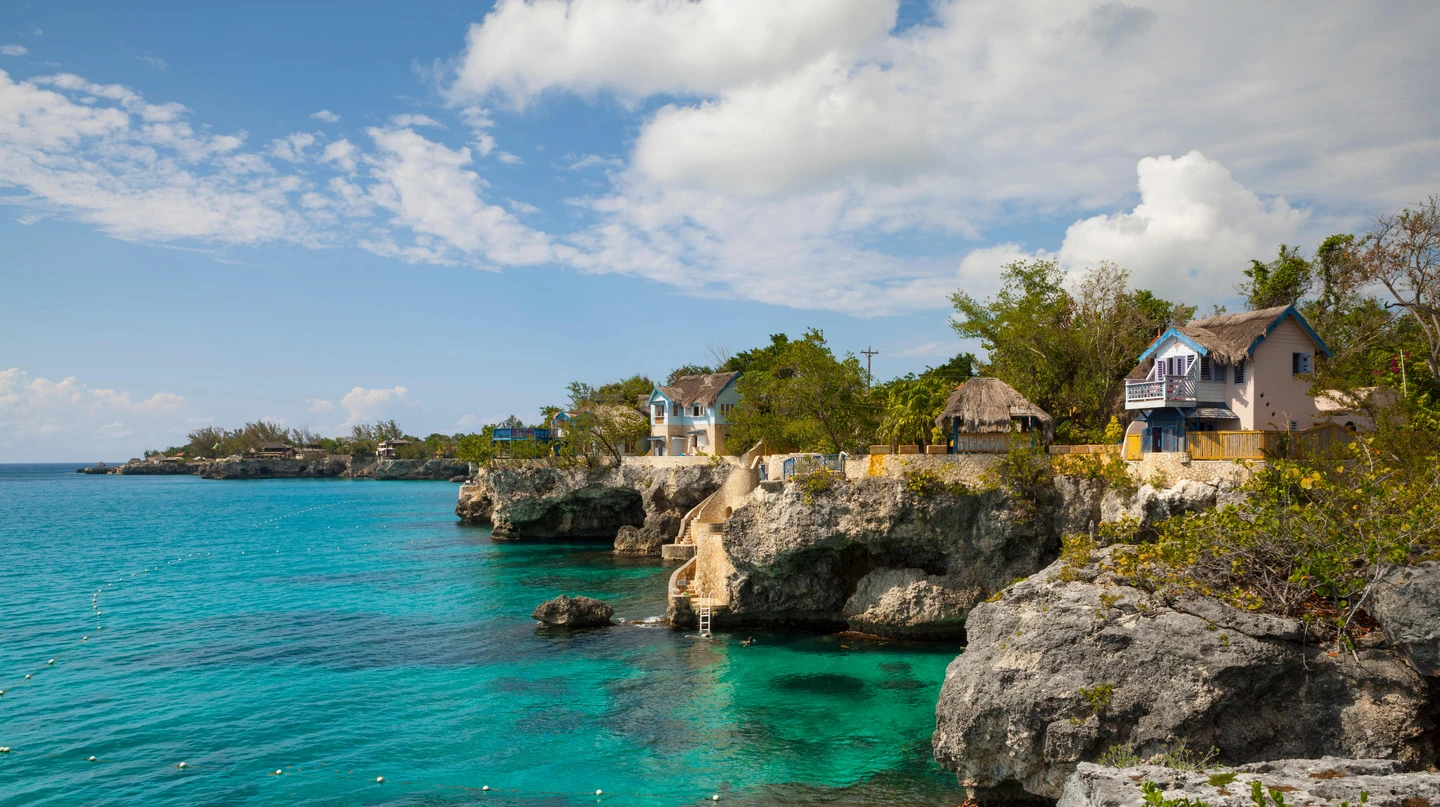
Jamaica is an island country located in Caribbean Sea
Southern part of North America. This country neighbours with Haiti at the East and Cuba at the North. Jamaica attained its full independence on 6 August 1962. Since then, the state has remained a member of The British Commonwealth with King Charles III as the Head of State. He is represented locally by the Governor-General of Jamaica. Jamaica also has Prime Minister as its Head of Government whose office located in Kingston, Jamaica’s capital city. The official language in Jamaica is English but the majority of population there also speak Jamaican Patois. Their currency is Jamaican dollar.
In 2019, trusted travel website TripAdvisor ranked Jamaica as #1 Caribbean Destination and #14 Best Destination in the World. Since then, Jamaica tourism keep getting recognition they deserve such as Caribbean’s Leading Destination, World’s Leading Wedding Destination, Travvy Awards for Best Culinary Destination, etc. Their newest achievement is getting ranked #19 in The 25 Best Island in The Caribbean, Bermuda, and the Bahamas according to Travel + Leisure’s World’s Best Awards 2022. It is no doubt due to the fact that Jamaica has everything to offer as a tourism destination such as diverse natural wonders, unique culture and history, and great hospitality.

